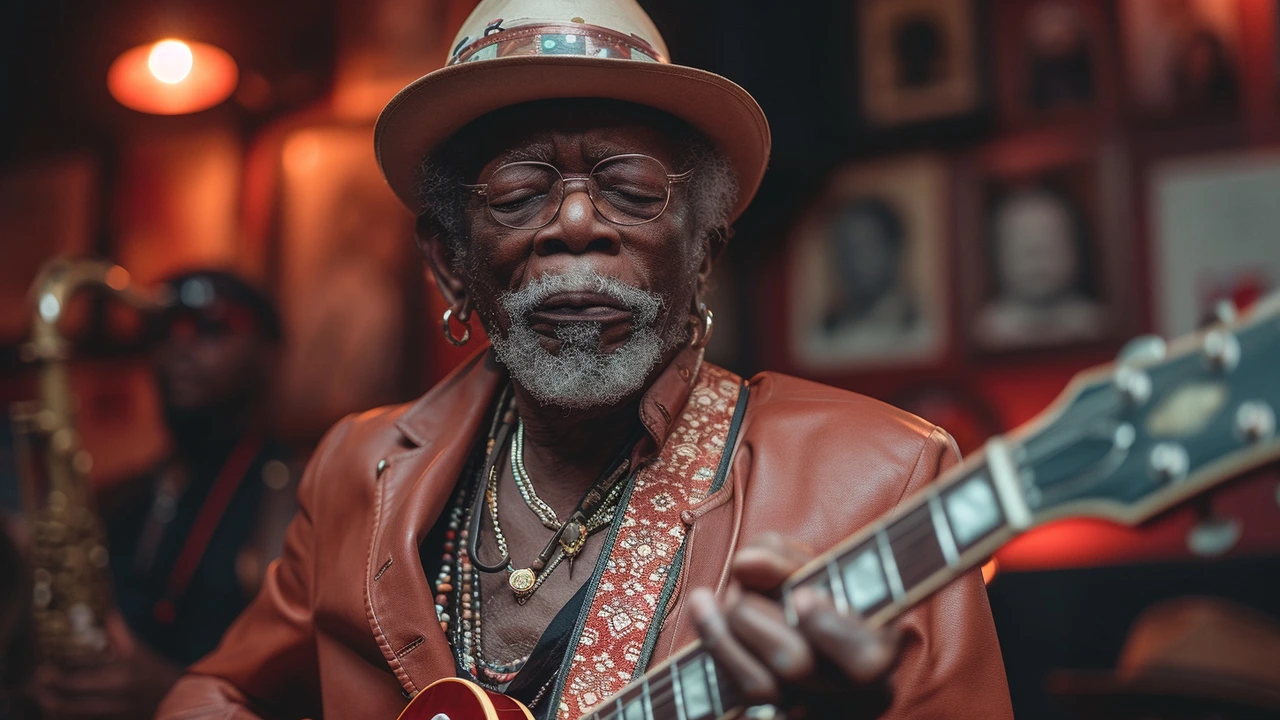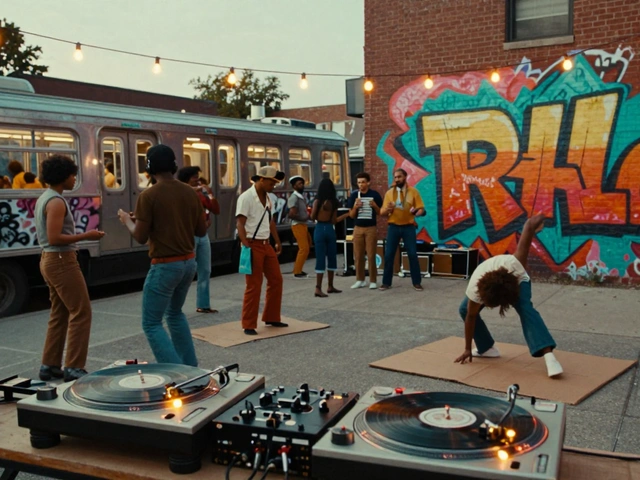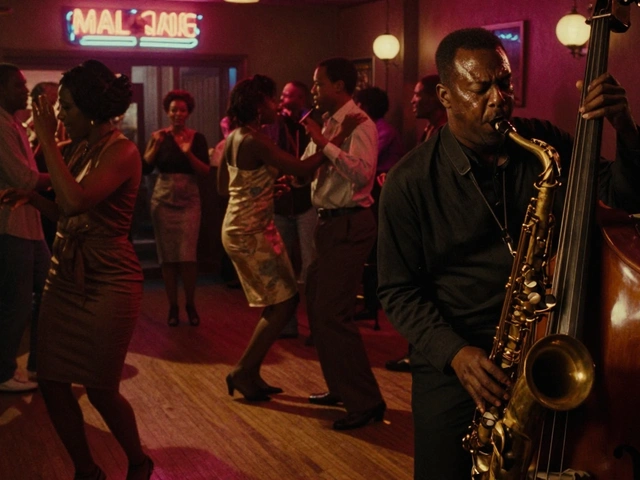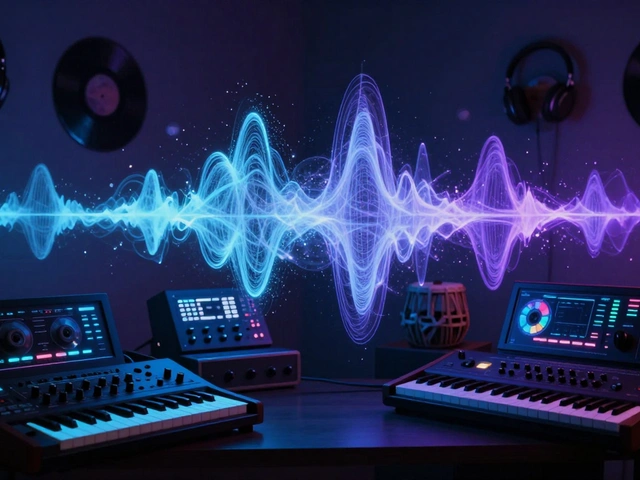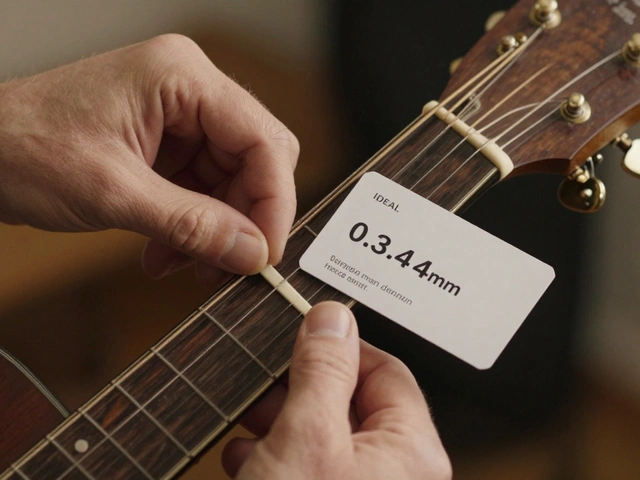The Groove of Rhythm and Blues
Ah, the soul-stirring charm of Rhythm and Blues! Isn't it just a bit magical how these enchanting sounds can make us instinctively want to move, to dance? Now, that's a feeling I am intimately familiar with. Growing up, Rhythm and Blues was the soundtrack of our household. The infectious melodies coursing through the corridors of my childhood home, coming from my mum's record player, compelled us to move, even when we had two left feet! As I got a little older, I realized that the captivating beats of Rhythm and Blues had taught me more about dancing than all my formal dance training combined - an intriguing fact I wish I'd known sooner!
Understanding the Pulse of Rhythm and Blues
Before you can dance to a type of music, you need to understand it. Rhythm and Blues, fondly known as R&B, is not just any genre. Born from the soulful tunes of the African American community, it has deep roots in spirituals, gospel songs, and blues. The defining element of R&B is the powerful rhythmic patterns that take your feet on an unplanned journey across the dancefloor. So, how does from this rich and varied genre translate into dance? It's all about catching the rhythm. One of my favorite tips is to start with the bass. See, the bass is like the heartbeat - driving and relentless. If you can tune into it, you can really start to feel the rhythm and groove to it.
First Steps of Rhythm and Blues Dance Moves
Okay, enough with the theory, let's get moving. Rhythm and Blues dance is freestyle and improvisational, like a wondrous journey into the expanse of your creative expression. That means there's no specific step to start with or end on. However, beginners may find it helpful to start with the "step-touch". It's the central move in many dance styles, and R&B is no exception. Now, the step-touch may sound simple, and in a sense, it is. But remember, Rhythm and Blues is about feeling the music. So as you step and touch, ensure you're moving to the rhythm with an expressive sway of your body. Ah! I remember my first step-touch, I was so awkward and stiff, more like a robot than a dancer. But hey, we all start somewhere, right?
Mastering the Flow: Transitions and Body Movements
A dancer is only as good as their ability to transition smoothly between dance steps, and in Rhythm and Blues dance, this is even more crucial. With the intoxicating rhythm and sudden tempo shifts, it is important to always be on your toes (quite literally). This is where following the bass-line comes in handy again. Remember – ebb and flow! In between steps, add little dips and squats, hip rolls, shoulder shimmies, even small running steps. Make it your own, make it fun! Personally, I love to throw in a little twist, a homage to the fancy footwork of the 60s.
Getting Playful with the Performance
The beauty of Rhythm and Blues dance lies in its emotional expressiveness. Anyone who's observed a group of people grooving to R&B will testify to the electrifying energy they exude. Indeed, it’s this uninhibited freedom of expression that gives life to the dance. If the song feels playful, be playful. If it feels soulful, let your dance moves tell a story of deep, heart-wrenching emotion. Now, I remember one incident when I was dancing to Aretha Franklin's “Respect” during a party. In the middle of the song, I found myself overcome with emotion and gave what was, according to my friends, the most moving performance they'd ever seen. Of course, I have no memory of the particular moves I pulled off – I was too lost in the music.
Dancing to Rhythm and Blues is a journey unlike any other – like the genre itself, it's filled with emotion, excitement, and a whole lot of groove. Whether you're an experienced dancer or a newbie with two left feet, I hope these tips help you find your rhythm and blues groove. Happy Dancing!

